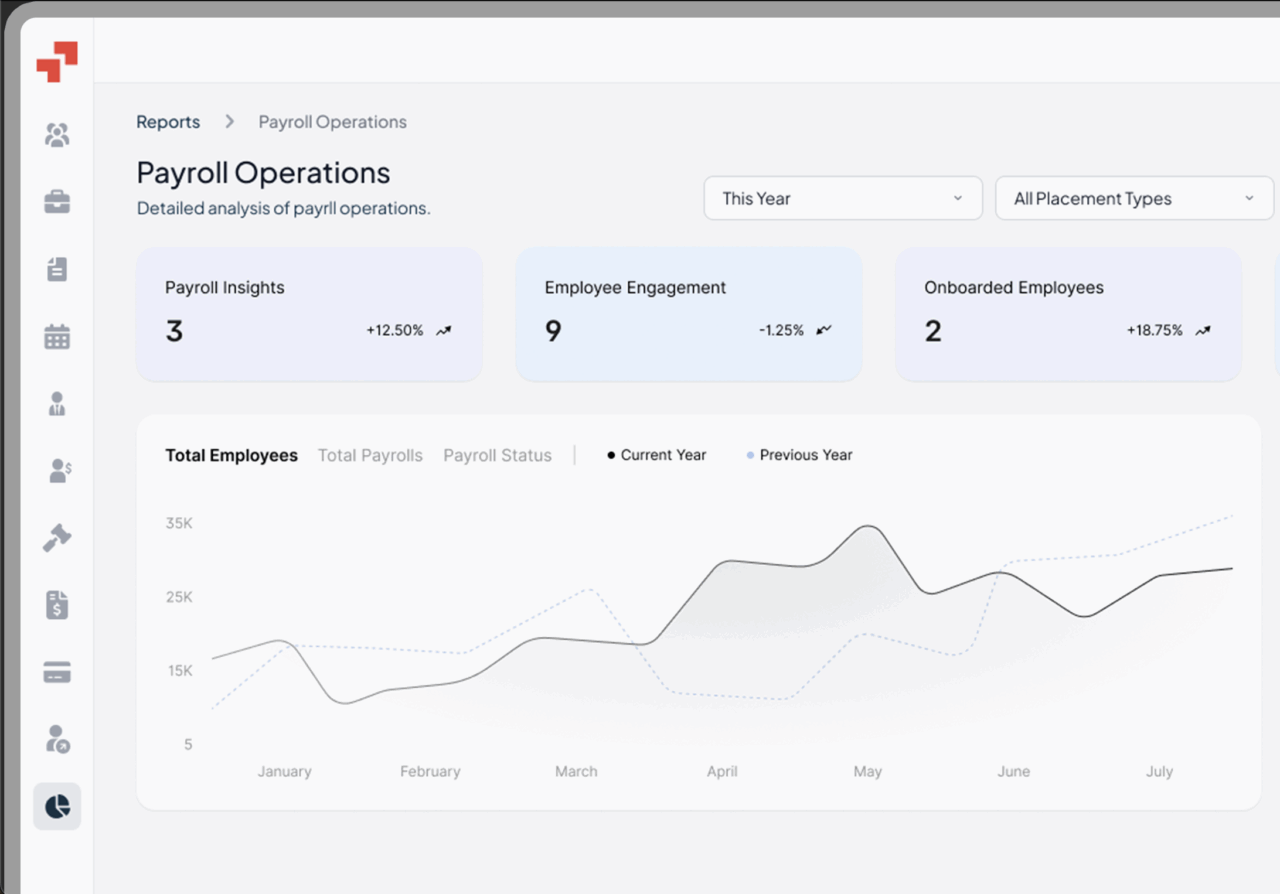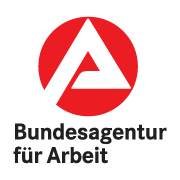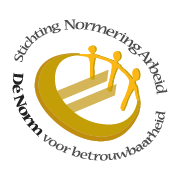Global Workforce GlossaryDistributed Workforce
In today’s connected world, businesses are no longer bound by geography. Teams span continents, bringing together talent from diverse backgrounds to collaborate seamlessly through digital tools. A distributed workforce allows companies to move faster, stay agile, and operate around the clock — without sacrificing culture or collaboration.
Table of Contents
- What is a Distributed Workforce?
- How to Manage a Distributed Workforce?
- What are the 3 Types of Virtual Teams?
- Remote vs. Distributed: what’s the Difference?
- Remote Distributed Workforce (hybrid approach)
- How to Handle a Disruptive Team Member in Distributed Settings?
- What are the Benefits of a Distributed Team
- How to Effectively Manage a Remote Workforce?
- Why does a Distributed Workforce Matter?
- What are the Challenges of a Distributed Workforce
- Example of Distributed Workforce (Case Study)
- PamGro – How We Help
What is a Distributed Workforce?
A distributed workforce refers to a team of employees working from multiple locations, sometimes across countries or continents, without relying on a central office.
Unlike the traditional office model, which centralizes all employees at a company’s main building, distributed teams operate digitally as if the company exists everywhere.
Historically, working remotely emerged with advancements in modern technology and the rise of cloud-based collaboration tools. Post-pandemic, companies increasingly adopted this model to access global talent, reduce operational costs, and remain agile in volatile markets. Tools like Slack, Zoom, and Asana allow employees to collaborate seamlessly across time zones, enabling companies to operate 24/7 with team members across different time zones.
Pro insight: Companies that formalize policies for communication, time-zone management, and inclusion see higher employee productivity, engagement, and lower turnover. Distributed work requires a deliberate approach to ensure every employee feels visible and valued, no matter where they are located. Employee engagement is often harder to maintain in a distributed workforce compared to traditional settings, making proactive inclusion efforts essential for promoting employee mental health .
How to Manage a Distributed Workforce?
Managing a distributed workforce requires clarity, structure, trust, and strategic workforce planning. However, communication barriers can arise from over-reliance on digital messaging, and coordinating across time zones can be complex.
- Clarity: Set measurable goals, KPIs, and project timelines. Clearly define responsibilities to avoid ambiguity.
- Structure: Establish a consistent meeting cadence, including daily stand-ups or weekly check-ins. Distinguish between synchronous meetings (real-time collaboration) and asynchronous updates (status boards, project docs).
- Culture: Organize virtual rituals, all-hands meetings, and recognition programs. Celebrate wins and milestones to strengthen team cohesion. Employees need to feel empowered to provide feedback to improve the distributed work culture.
- Trust: Focus on outcomes rather than monitoring hours. Distributed employees thrive with autonomy. A comprehensive virtual onboarding process ensures new remote hires feel connected and understand the company culture from day one.
Framework example: In a hybrid model, some employees may still prefer a physical office space.
- Weekly updates: Each team shares progress asynchronously.
- Monthly review: Leadership evaluates KPIs and recognizes achievements.
- Quarterly retrospectives: Teams review processes and identify improvements.
Mini case: A marketing team distributed across the U.S., India, and Germany implemented this cadence, increasing project delivery speed by 25%, especially with the integration of new team members.
What are the 3 Types of Virtual Teams?
Distributed teams often fall into three categories:
- Functional teams: Employees from the same department operating globally, such as engineers or designers.
- Cross-functional teams: Staff from multiple departments collaborate on specific projects, requiring strong alignment and communication.
- Networked/dynamic teams: Temporary or project-based teams combining internal and external contributors.
Pros and cons:
- Functional teams benefit from deep expertise but may struggle with innovation.
- Cross-functional teams drive creativity but require strong coordination.
- Networked teams offer flexibility but risk misalignment without clear processes.
Example: A SaaS company had engineers in India (functional), a cross-continental product-marketing team (cross-functional), and a temporary consultant team in Europe (networked). Each type demanded tailored tools and communication strategies.
Remote vs. Distributed: What’s the Difference?
Remote work usually implies working away from a physical office but still tethered to a geographically distributed workforce, unlike a traditional office setting . Distributed work is systemic, designed for equality across locations.
Key distinctions:
- Remote models risk creating an office-centric culture.
- Distributed models require digital-first processes ensuring equity, recognition, and access to opportunities globally.
Example: A remote team may report occasionally to HQ; a distributed team functions independently without relying on any office, with digital workflows as the default.
Remote Distributed Workforce (hybrid approach)
A remote distributed workforce combines fully remote employees, some of whom may work from a local coffee shop, and regional hubs. While it offers flexibility, it introduces challenges such as impacts on job satisfaction.
- Two-tier culture: Hub-based staff may have more visibility than remote employees.
- Communication gaps: Different time zones can lead to delays.
- Unified culture challenges: Creating and maintaining a unified company culture is harder when employees don’t have regular in-person contact.
- Work-life balance: Employees in a distributed workforce often experience improved work-life balance, as they can better align their schedules with personal needs.
Solutions:
- Treat all employees as remote-first, regardless of location.
- Rotate leadership attention and meeting schedules to ensure parity.
- Standardize tools for project tracking, documentation, and recognition.
Mini insight: Quarterly virtual retreats can bridge cultural and geographical gaps, building cohesion among hybrid teams
How to Handle a Disruptive Team Member in Distributed Settings?
Disruptive behavior—missed deadlines, poor communication, or negativity—can silently erode productivity.
- Detect patterns via project tracking and peer feedback.
- Conduct a private video conversation to address behavior.
- Clarify expectations and document deliverables.
- Offer coaching if challenges stem from skills, burnout, or timezone fatigue.
- Frequent check-ins and one-on-one meetings with remote employees facilitate better management.
- Escalate only if documented interventions fail.
- Detect patterns via project tracking and peer feedback.
- Conduct a private video conversation to address behavior.
- Clarify expectations and document deliverables.
- Offer coaching if challenges stem from skills, burnout, or timezone fatigue.
- Escalate only if documented interventions fail.
Extra tip: Encourage peer accountability and provide clear behavioral norms. Maintaining psychological safety ensures other team members feel empowered to speak up.
What are the Benefits of a Distributed Team
Key advantages:
- Global talent access: Recruit top talent regardless of location.
- Cost savings: Lower office overhead and commuting costs. Businesses with a distributed workforce save significantly on office space and utilities.
- Business continuity: Teams operate despite local disruptions.
- Innovation: Diverse perspectives spark creativity.
- Employee engagement: Flexibility boosts satisfaction and retention.
- Market speed: Enter new markets without legal entity setup.
Additional benefit: Distributed teams often achieve extended operational hours due to time-zone handoffs and the ability to tap into a broader talent pool . For example, a company with engineers in India and customer support in the U.S. reduced issue resolution time by 30%.
How to Effectively Manage a Remote Workforce?
Key Strategies:
- Set measurable OKRs and KPIs.
- Encourage asynchronous updates for efficiency across time zones.
- Support mental health through wellness programs, flexible schedules, and social connection. Prioritizing employee wellness helps address unique challenges associated with remote work.
- Standardize collaboration tools to reduce friction.
- Train managers in empathy, inclusivity, and digital leadership.
- Provide clear guidelines on expected work hours and performance measurement to ensure strong remote work policies.
- Implement structured onboarding and buddy systems.
Extra tip: Rotate team leads or meeting facilitators to share leadership experience and prevent manager burnout.
Why does a Distributed Workforce Matter?
Distributed work matters because it enables:
- Global scaling without physical offices.
- Flexibility that aligns with employee expectations. Companies offering remote work options experience lower turnover rates.
- Business resilience during crises like pandemics or political instability.
- Global scaling without physical offices.
- Flexibility that aligns with employee expectations.
- Business resilience during crises like pandemics or political instability.
Mini insight: Companies adopting distributed models often outperform HQ-centric competitors in hiring speed, innovation, and operational efficiency, leading to more engaged employees
What are the Challenges of a Distributed Workforce
Common challenges in managing distributed teams include:
- Communication and cultural misunderstandings
- Time-zone coordination
- Social isolation and mental health concerns
- Onboarding and inclusion difficulties
- Compliance with labor laws across jurisdictions (OECD)
Solutions:
- Design remote-first processes.
- Build inclusion programs and culture rituals.
- Partner with EOR providers for legal and compliance support.
- Train managers in conflict resolution and digital leadership. Adaptability in leadership styles is necessary to meet the varying needs of distributed team members.
- Conduct regular engagement surveys to detect early issues.
Example of Distributed Workforce (Case Study)
GreenTrack: A Distributed Workforce Success Story
GreenTrack, a SaaS company, operates with engineers in India, designers in Brazil, and sales teams in Mexico. Using Slack, Jira, and Zoom, the company built a strong global culture supported by virtual coffee breaks, peer recognition programs, and quarterly retreats that keep employees engaged and connected across time zones.
Key Outcomes:
-
30% reduction in overhead costs through remote operations
-
40% faster global hiring by accessing wider talent pools
-
25% quicker product launches through cross-functional collaboration
-
20% shorter deployment cycles enabled by time-zone handoffs
-
Improved retention and work-life balance due to engagement initiatives
PamGro – How We Help
Scaling a distributed workforce globally involves payroll, compliance, taxes, and benefits. PamGro provides:
- Hiring in 100+ countries without setting up legal entities
- Payroll, tax, and benefits management
- Full compliance with local labor laws
- Onboarding and engagement support for distributed teams
With PamGro, you can focus on growth, culture, and innovation, while we handle operational, legal, and compliance challenges globally.
Hire the Best Talent, Anywhere






